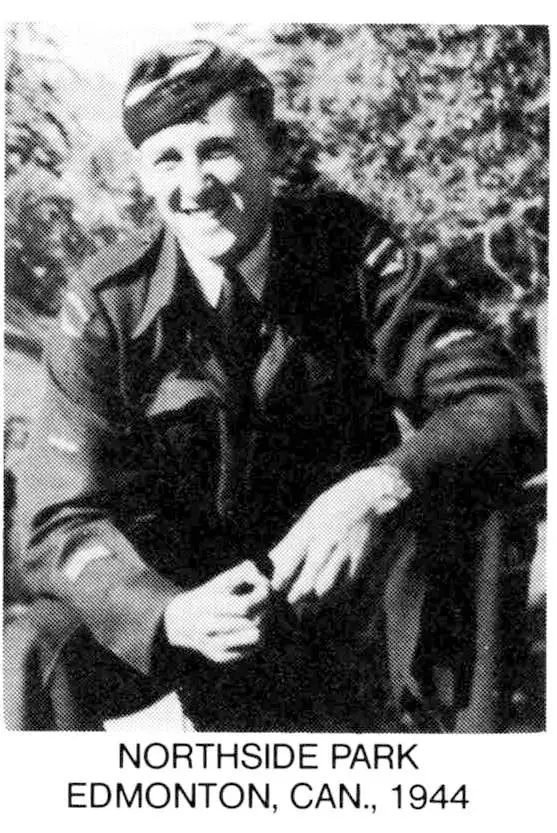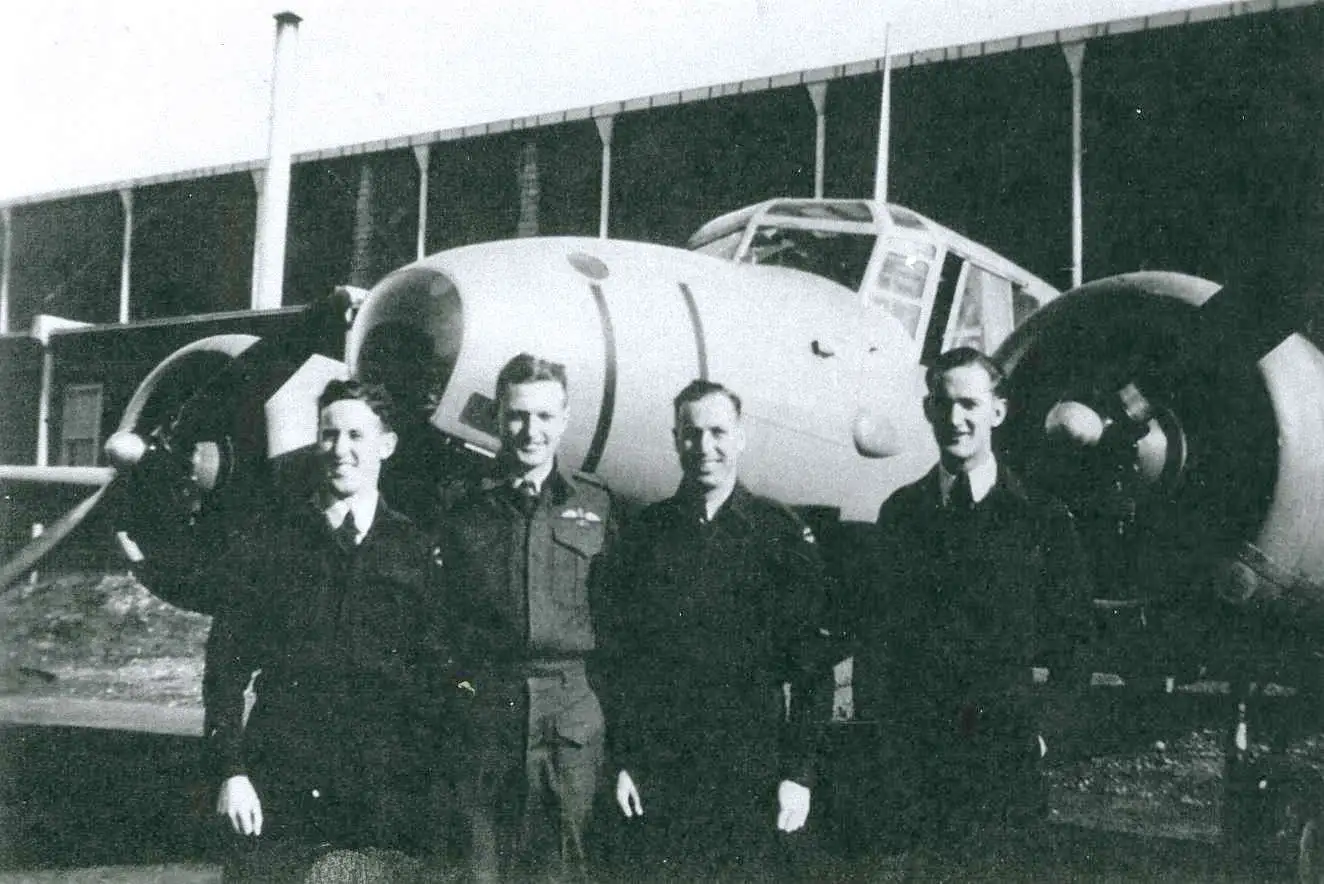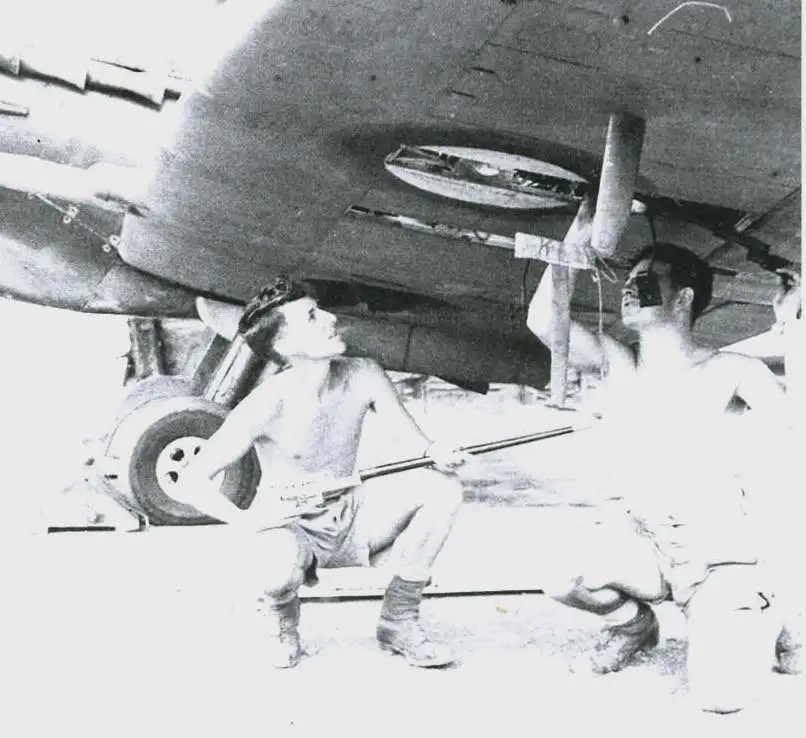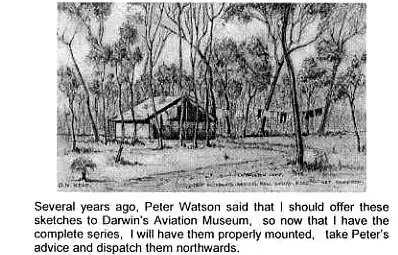PLTOFF Bruce Norman Read 20550



| Squadron/s | 457 SQN 74 SQN RAF |
| Rank On Discharge/Death | Pilot Officer (PLTOFF) |
| Mustering / Specialisation | Armourer, Pilot |
| Date of Birth | 12 Nov 1922 |
| Date of Enlistment | 16 Dec 1922 |
| Contributing Author/s | Bruce Read and Steve McGregor May 2014 The Spitfire Association |
Born in Gunnedah NSW on 12th November 1922 Bruce Reed applied to join the ground staff of the RAAF a day or so after his 18th birthday in 1940. A trade test followed in early December and shortly after, he was advised to present himself at the Plunkett St. Woolloomooloo Recruit Centre on the 16th of December, to be inducted into the Service.
On that day, Bruce and about thirty other recruits were sworn into the Service. They were then transported by open truck to No.2 Recruit Depot Richmond, to begin their obligatory Recruit Training course.
These raw AC1s quickly found that they had to watch their Ps and Qs with anyone wearing two stripes or more, including how to keep their .303 Lee Enfields shiny and clean, and to be able to present arms with the precision of a Grenadier Guardsman. Twelve weeks later, having perfected the drill squad routines and performing endless guard and fatigue duties, his squad went before the CO for their passing out parade. They then went their separate ways to an appropriate training school, which in Bruce's case, was the Armament School at Point Cook Victoria.
He arrived there on the 10th of April 1941, joined No. 10 Course which went about learning how to strip, assemble and maintain every type of machine gun the RAAF had at its disposal and become familiar with it's vast array of bombs, flares, fuses and bomb racks.
Bruce, along with the other trainees, graduated on the 25th of May 1941 and on volunteering for the RAF Infiltration Scheme, which was offered to one and all, he was posted to No. 454 Bomber Squadron RAAF, whose ground staff were forming up at Williamtown Embarkation Depot NSW and making ready for their departure for the Middle East. Not long after arriving there however, the hierarchy changed its mind and altered his posting to No. 457 Spitfire Fighter Squadron RAAF, then forming up at Bagington in the UK.
On the 8th of August 1941, his 457 SQDN colleagues and ground staff from various other RAAF squadrons bound for the UK, were lumped together as the Yellow Draft and went aboard the "Awatea" in Darling Harbour Sydney and travelled as regular passengers to Vancouver Canada via Auckland NZ and Suva Fiji. From there a Canadian National troop train bore the travellers to Halifax Nova Scotia, arriving at the RCAF's Y Depot on the 14th of September.
On the 29th of August, after the infamous "Halifax Mutiny" incident, some of the draft crossed the Atlantic in convoy aboard the SS "Empress of Asia" and those who had refused to take on the "Asia", made a solo crossing journey a few days later aboard the SS "Pasteur", made in the month German U Boats sank the highest tonnage of Allied shipping, in WWII.
The two groups came together again at No. 3 RAF Reception Centre Bournemouth, where they were broken up into parties of eleven or so men and dispatched to various RAF Spitfire Fighter Squadrons dotted around the UK, to learn the ropes, so to speak.
No. 74 Squadron RAF, Bruce's group's temporary home, had just come off many months of operations in the South of England and its members enjoying a rest period at LLanbedr in North Wales when the twelve of them arrived there. Their presence surprised the Pommie Erks, but we had no trouble settling in and enjoying their well earned rest from operations with them.
Six weeks later, the beginning of the coldest Winter of WWII, their group rejoined their 457 Squadron mates and the RAF "Erks" and senior NCOs who had joined them to bring the Squadron's ground staff up to full strength, at Andreas on the Isle of Man and more importantly meeting their RAAF pilots and their leader, Squadron Leader Peter Brothers DFC, a distinguished Battle of Britain veteran, for the first time.
Bruce was assigned to A Flight and BP–B, the Mark V Spit reserved for A Flight's Commander, Flt Lt. Brian "Knockers" North DFC, another Battle of Britain Ace.
Instead of making a conventional approach and touch down returning from a night flying exercise one wintry night, he was seen barrelling down the runway, inverted, with nothing on the clock but the hands and followed this up with three or four flawless vertical upward rolls.
"Knockers" kept Bruce busier than my fellow armourers, as he always returned from a coastal patrol (a good deal of flying time was spent on these on the Isle of Man), without a single round of .303 or 20 mm Canon ammunition left in BP-B's bins and drums. Mr. North kept his shooting eye in on the flotsam and jetsam of the Irish Sea.
Early in the Spring of 1942, all ranks climbed into a fleet of Ancient Handley-Page Harrows and headed for Redhill Aerodrome in Surrey for the main event ---"The Battle for Europe", to take over the duties of No. 452 Squadron RAAF, the top scoring fighter squadron for the period. Bad weather halted their progress over Liverpool however and with that and the balloon barrage, the armada took refuge at RAF Speke, where British Rail took over the remainder of the journey.
Bruce was made a LAC in February and worked arming Vb Spitfires from dawn till dusk for their cross Channel Sorties, three a day on some occasions on a six working day week, until one day Dr. "Doc" Evatt, the Australian Minister of Foreign Affairs paid Redhill a visit, to break the news to one and all, that he had Churchill's approval to dispatch 452 and 457 RAAF Squadrons and 54 Squadron RAF to Australia to form No.1 Fighter Wing and defend Northern Australia against the Japanese invasion that the Government thought could happen at any time.
The Squadron was stood down immediately and in due course the three units assembled in the Midlands, went aboard the SS "Sterling Castle" in Liverpool and sailed for Melbourne via Freetown Sierra Leone and Durbin SA, arriving there in August, almost 12 months to the day Bruce had left their shores.
Later, the Wing travelling by land, sea and air, arrived in Darwin shortly after Xmas 1942 and soon after, began locking horns with the large formations of Japanese Betty bombers and Zero Fighters, bent on demolishing our bomber and fighter bases clustered around Darwin proper and giving our Spitfire Boys a lesson they would wish to forget, into the bargain.
All did not go so well for them in the early encounters, as a spate of Vc airscrew malfunctions had us in serious trouble as did some strategic problems with Fighter Control, but when the technical difficulties were sorted and new strategies put in place by Wing Commander Flying, Clive "Killer" Caldwell, the tide turned to such an extent, that by September 1943, the Japanese forces gave up on the North West Area altogether.
In August however, Bruce recently elevated to Corporal rank, and several other 457 Squadron ground crew, re-mustered to aircrew and were posted to Adelaide's Mitchum PD to enter the Empire Air Training Scheme and a month later began their new RAAF careers at No 4 ITS Victor Harbour. There he was selected for Pilot training and his Elementary flying training on Tiger Moths followed at No.1 EFTS Parafield. Next step on the way, Bruce travelled on a Liberty ship to the US and on to Canada for the second time, where after a spell at the RCAF's PD Edmonton, he joined 121 Course at No 15 SFTS Claresholm Alberta, where he graduated on Mk II Ansons and was presented with his Wings Brevet on the 30th of March 1945.
Bruce was granted a commission off course and on his way back to Australia, VE Day was declared. Back home, he was attached to the Air Medicine Unit at No.2 PD Bradfield Park until VP Day and was discharged (15 Aug 1945), from the Service the very same day.
Editor's note: For over two decades Bruce Read soldiered on and was the Editor of the Spitfire Association's journal, the Spitfire News. He put his heart and soul into this job and quite frankly it has been a magnificent effort. The magazines are a national treasure and will be used by historians for a hundred years from now. The articles have been written with a love of the men and the Spitfire aircraft and the creative editing has been exemplary.
One other benefit of Bruce Read's talents has been overlooked and it has been his talent for art. We include a pencil sketch he completed when he had some spare time during his stay with the Squadron in Darwin. See Bruce's brief comment and excellent drawing, which shows a talent not to be under-rated.


